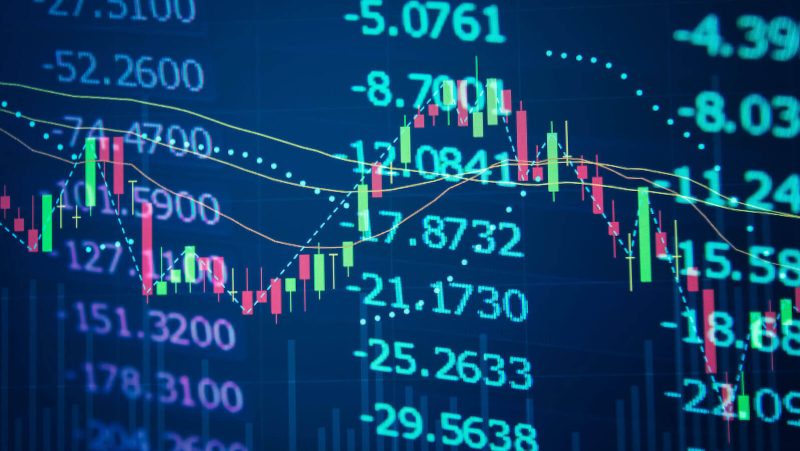The Foreign Exchange Market, usually referred to as Forex, is an extensive worldwide decentralized market for currency trading. With an average daily trading volume reaching $5 trillion, it’s by far the largest financial market globally. In this labyrinth of financial activity, the EUR/USD pair is often the busiest trading route, attracting both novices and experienced traders due to its significant liquidity and low bid-ask spreads. However, moments occur where this currency pair seems to be in a standstill – neither climbing nor dropping in value. How can a trader profit from such a standstill? The answer lies within the concept of Range trading.
At the forefront of trading strategies, range trading exists on the premise that currency values can be volatile yet remain within small, well-established boundaries for extended periods. During these periods, they won’t overwhelmingly trend in any specific direction.
Historical observation shows that when the EUR/USD pair encounters a plateau, it tends to stay within a particular range. It is here that traders can trade within these ranges, profiting from minor oscillations in the pair’s value.
The process commences with defining the upper and lower levels of the range. These levels are established based on ‘resistance’ (the ceiling price where sell-off is likely) and ‘support’ (the floor price where buying is expected). These juncture points are established based on historical data and form the structure for range trading.
Once these levels are defined, it paves the pathway for informed trading. A trader can ‘buy’ when the price hits the support level and ‘sell’ when it reaches the resistance level. As long as the price does not break these levels, one can continually profit from the predictable fluctuations within this range.
Nonetheless, despite its appealing ‘safe’ notion, range trading also packs potential setbacks. Market conditions can shift rapidly, causing abrupt breakouts or breakdowns, breaking the predicted range and risk being caught on the wrong side. To mitigate this risk, setting stop-loss orders slightly above the resistance or below the support level can offer protection.
A sophisticated tool often employed in range trading is the Relative Strength Index (RSI). The RSI is a momentum oscillator that measures the speed and change of price movements, typically on a scale from 0 to 100. Traditionally, an asset is considered ‘overbought’ when the RSI is above 70 (signaling a potential falling price) and ‘oversold’ when it is below 30 (indicating a possible price climb). This measure can further bolster the trader’s judgment in determining when to buy or sell.
In conclusion, while range trading can seem daunting and fraught with potential pitfalls, it also provides a unique opportunity to leverage periods of stagnation for profit. Adequate knowledge of the market, careful analysis, the use of advanced tools like the RSI, and well-informed risk management strategies can help traders navigate the complex yet rewarding world of Forex trading, even when the EUR/USD pair seems to be going nowhere. Remember, in Forex trading, patience, and knowledge are the traders’ most reliable allies.
